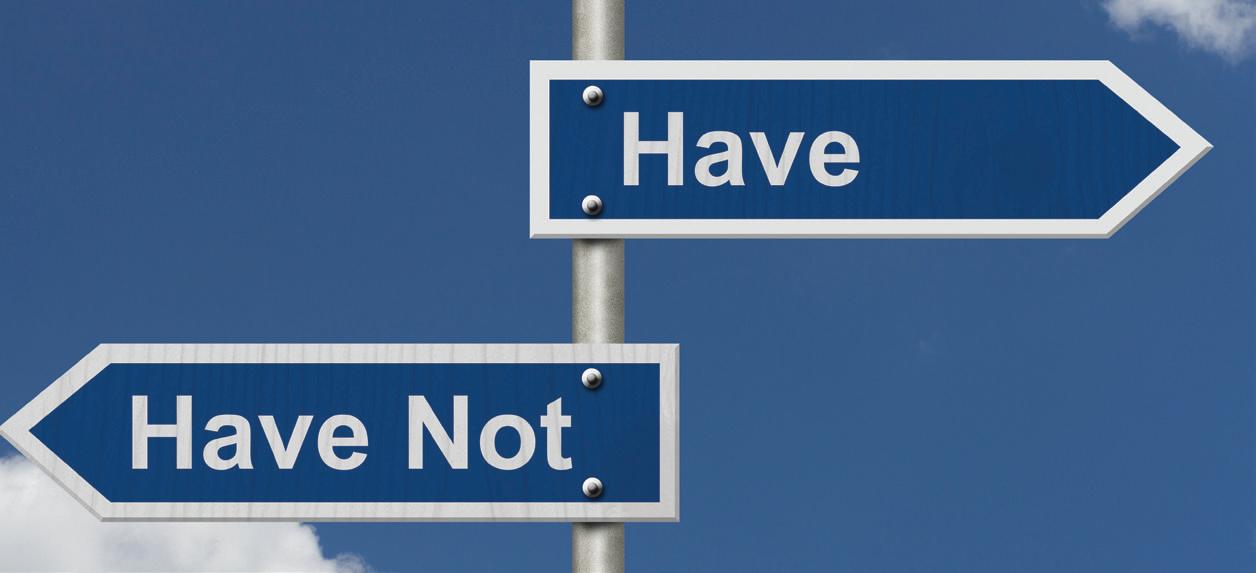
2 minute read
What Does It Take to Make the Grade in the Marriage Market?
By Cheryl Russell
Only 48 percent of American households are headed by married couples. This is a shockingly low figure. For marketers of all kind of goods and services it is a wake-up call. But for those who hope their standing in life may benefit by taking a spouse, there is cause for much greater concern.
Advertisement
For more than a century, married couples were the only game in town. Businesses prospered by catering to couples, with little need to serve anyone else. During the first half of the 20th century, more than three-quarters of the nation’s households were headed by married couples. Then something happened. The married couple share of households began to shrink in the 1960s. The share fell below 70 percent in 1971, below 60 percent in 1981, and below 50 percent in 2010.
What caused this dramatic decline? Economic polarization. Beginning in the 1960s, the great American middle class began to split apart, separating into Haves and Have Nots. The Haves are the ones most likely to marry. The Have Nots struggle to find a partner and are most likely to divorce.
Here’s what happened. As the Vietnam War expanded in the 1960s, going to college became de rigueur—first for men to avoid the draft, then for women. Only 8 percent of Americans aged 25 or older could boast of a college degree in 1960. But with each passing decade, the ranks of graduates grew. Today, 35 percent of people aged 25 or older have a bachelor’s degree. Over the years, college graduates have seen their earnings soar, making them attractive marriage partners. The earnings of those with less education have stagnated or even declined, reducing their value in the Marriage Market. Make no mistake about it, there is a Marriage Market. The higher the educational attainment, the higher the marriage rate. Everyone loves a winner.
Marriage is more closely linked to socioeconomic status today than ever before, reports Pew Research Center, which has been tracking this trend for years. In 1960, before the middle class split apart, adults with no more than a high school diploma were almost as likely to be married (72 percent) as those with a bachelor’s degree (76 percent)—a difference of only 4 percentage points, says Pew. Among Americans aged 25 or older today, 65 percent of those with a bachelor’s degree are married versus only 50 percent of those with no more than a high school diploma—a 15 percentage point difference.

Not only are the less educated less likely to marry, they are also more likely to divorce. Among women with a bachelor’s degree, 78 percent can expect to enjoy at least 20 years of marital bliss. Among women with some college, only 49 percent can expect such a long-lasting marriage. Among women with no more than a high school diploma, the figure is just 40 percent. Money apparently does buy happiness, and college grads are the ones with the money.
The Census Bureau’s 2019 Current Population Survey documents stark differences in marital status by personal earnings. For both men and women, the higher the earnings the more likely they are to be married. Among men who earn less than $25,000 a year, only 33 percent are currently married. Among men who earn $100,000 or more, 78 percent are married. Economic polarization, driven by higher education, explains why married couples head a shrinking share of households.






